Wireless Carriers, Consumer Advocates Want Spectrum Studies to Continue
The FCC legal ability to auction off spectrum lapsed in March 2023 over concerns DoD spectrum could be sold off.
Jake Neenan
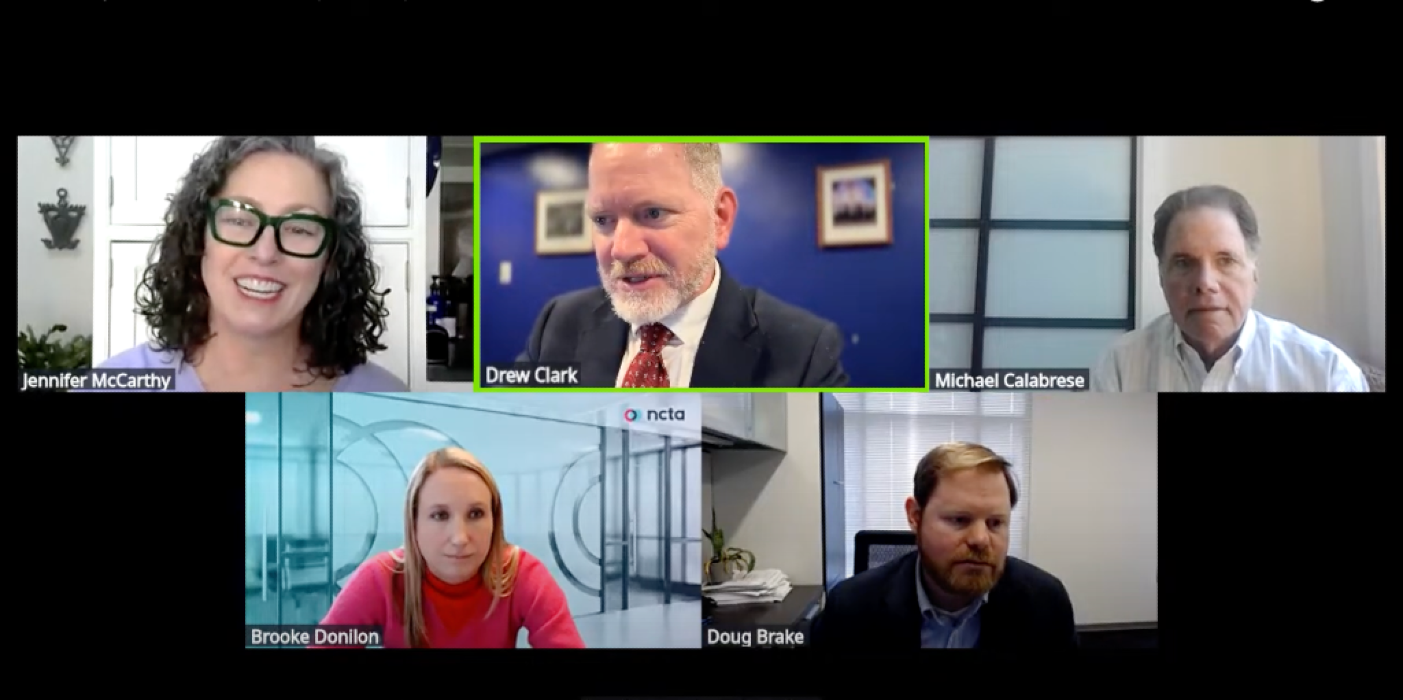
WASHINGTON, Feb. 6, 2025 – Representatives from the mobile industry and a wireless consumer group want the Trump administration to continue studies of federal spectrum initiated under the Biden presidency.
“Those studies are ongoing, and it would be wise for the administration to continue those studies,” said Michael Calabrese, director of the Wireless Future Project, part of New America’s Open Technology Institute, on a Broadband Breakfast Live Online panel on Wednesday.
Called the national spectrum strategy, the November 2023 plan calls for studying nearly 2,800 megahertz of federal spectrum for potential repurposing, either by sharing with or clearing airwaves for the private sector. The National Telecommunications and Information Administration, the agency tasked with managing federal spectrum, already released one report in partnership with the Defense Department saying sharing could work in the 37 GigaHertz band.
 Broadband BreakfastMichael Calabrese
Broadband BreakfastMichael Calabrese
Studies on the lower 3 GHz and 7/8 GHz bands are slated to be finished in October of 2026. Those airwaves are especially eyed by the mobile carriers, but the DoD has been wary of moving military radar systems.
Aside from informing efforts to meet growing demand for finite spectrum, keeping that work going could be useful for resolving future legislative debates between the carriers and military, Calabrese said. The Federal Communications Commission’s legal ability to auction off spectrum lapsed in March 2023 over concerns DoD spectrum could be sold off.
“If Congress remains deadlocked, in part because members of the Armed Service Committee are saying ‘We need more facts, we need to understand how this impacts national security,’ it’s better to have those answers than to stop everything,” he said.
Doug Brake, assistant VP of policy communications at CTIA, the 5G industry trade group, agreed.
“We don’t want to start from scratch,” he said. “We’ve got a good start and the studies are underway.”
CTIA was pleased, he said, to see the Biden administration revisit a prior DoD report that found the lower 3 GHz band couldn’t be cleared for commercial use or shared in the near term. Brake predicted the study of the 7.125-8.4 GHz band could come to include more spectrum.
“I think there’s an opportunity to expand some of what is on their consideration on the 7/8 GHz, to look more closely at some of the upper portions of that band going forward,” he said.
Auction authority and reconciliation
Now, Republicans in Congress are aiming to include auction authority in a budget reconciliation bill, using the proceeds to pay for tax cuts. The reconciliation process allows lawmakers to push through budget-related legislation with a bare majority in the Senate and avoid a filibuster.
Reconciliation is “a terrible way to fashion good spectrum policy,” Calabrese argued, saying short-term revenue needs would overshadow other considerations.
Brooke Donilon, VP of government relations at NCTA, which represents the cable industry, also wasn’t keen on reconciliation as the vehicle for auction authority.
“As Congress looks for pay-fors, they’re focused on raising revenue, not on making spectrum policy,” she said.
Cable favors making more unlicensed spectrum available since Wi-Fi helps offload traffic from their mobile services – and the mobile carriers are using excess licensed spectrum capacity to compete for fixed broadband customers – but lawmakers aren’t incentivized to push the FCC to open up that unlicensed spectrum in the reconciliation context because it doesn’t directly raise revenue.
CTIA, which relies on the exclusive spectrum licenses that can raise huge sums for the government, was fine with reconciliation. The group wants lawmakers to at least set a minimum number of megahertz to be auctioned off.
“Every time auction authority has been renewed, it’s been with a pipeline of identified bands to be auctioned,” Brake said. “And three out of the four times that’s happened, it’s been done through reconciliation.”
Calabrese came down closer to cable’s side, saying lawmakers should pass a “clean” reauthorization, legislation that restores the FCC’s ability to sell off spectrum but doesn’t mandate how many or which bands to target.
In the near term, Jennifer McCarthy, a longtime telecom attorney, said the FCC could potentially open up bands for lower priority, interruptible use in the near term. The agency did so with CBRS, a band shared between industry and Naval radars, she noted, opening the spectrum up to general access users before eventually selling priority licenses.
“That seeded the market. That got equipment manufacturers building equipment for CBRS and started launching hundreds of new deployments by a wide variety of users,” she said. “We could do the same thing in 3.1-3.45 GHz.”

Panelists
- Michael Calabrese, Director, Wireless Future Program & Senior Advisor, Open Technology Institute at New America
- Jennifer McCarthy, telecommunications regulatory attorney
- Doug Brake, Assistant Vice President of Policy Communications, CTIA: The Wireless Association.
- Brooke Donilon, Vice President of Government Relations, NCTA
- Drew Clark (moderator), CEO and Publisher, Broadband Breakfast




Michael Calabrese directs Wireless Future, which is part of New America’s Open Technology Institute. New America is a nonpartisan policy institute based in Washington DC. Calabrese focuses on spectrum policy, wireless broadband, satellite and digital equity issues more broadly. He has served on the US Department of Commerce Spectrum Management Advisory Committee (CSMAC) since 2009 and frequently participates in FCC proceedings on behalf of a broad coalition of consumer and other public interest organizations.
Jennifer McCarthy is a telecommunications regulatory attorney with over 30 years of experience in the wireless sector holding a variety of government affairs, business development, and operations positions for several of the industry’s leading technology innovators, including Federated Wireless, QUALCOMM, NextWave, and MVP Capital. Jennifer’s experience includes leading the regulatory and government affairs activities, interfacing with U.S. and national regulatory authorities worldwide, heading the regulatory advisory committee of the Dynamic Spectrum Alliance, and serving on the Commerce Spectrum Management Advisory Committee (CSMAC). Jennifer has a B.A. in political science from Yale University and a J.D. from Georgetown University Law Center.
Doug Brake is assistant vice president of policy communications at CTIA: The Wireless Association. He’s been engaged in broadband and spectrum policy for over ten years—before CTIA he worked at in government at the National Telecommunications and Information Administration and before that at the innovation-focused think tank, the Information Technology and Innovation foundation.
Brooke Donilon has been the Vice President of Government Relations at NCTA – The Internet and Television Association for seven years. Before joining NCTA, she served as Chief of Staff for FCC Commissioner Michael O’Rielly and spent six years in the U.S. Congress, including as Deputy Chief of Staff for Senator Ron Johnson, where she oversaw communications for the Senate Committee on Commerce, Science, and Transportation. She holds a J.D. from American University Washington College of Law and a B.A. in Journalism and Mass Communication and American Studies from the University of North Carolina at Chapel Hill. She has two children, Maxwell (5) and Merritt (3).
Breakfast Media LLC CEO Drew Clark has led the Broadband Breakfast community since 2008. An early proponent of better broadband, better lives, he initially founded the Broadband Census crowdsourcing tool to collect and verify broadband data left unpublished by the Federal Communications Commission. As CEO and Publisher, Clark presides over the leading media community advocating for higher-capacity internet everywhere through topical, timely and intelligent coverage. Clark also served as head of the Partnership for a Connected Illinois, a state broadband initiative.



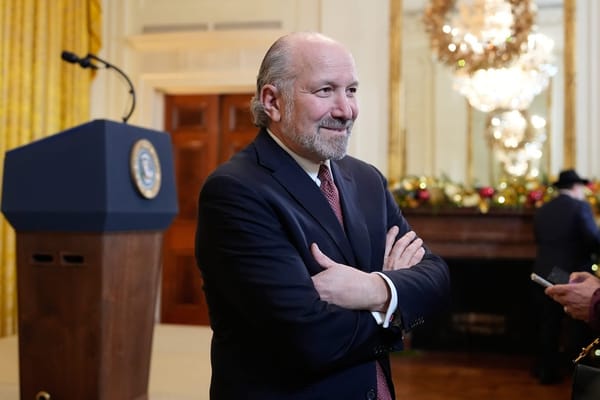

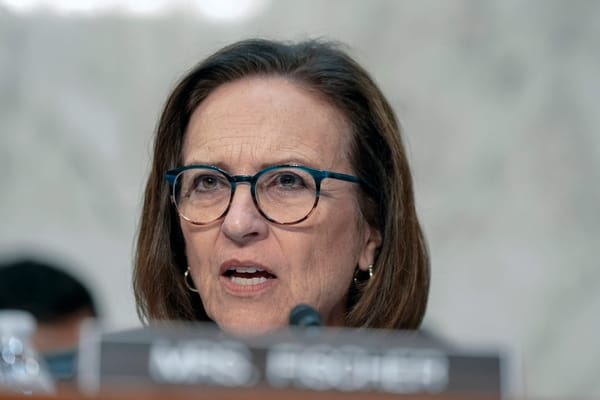

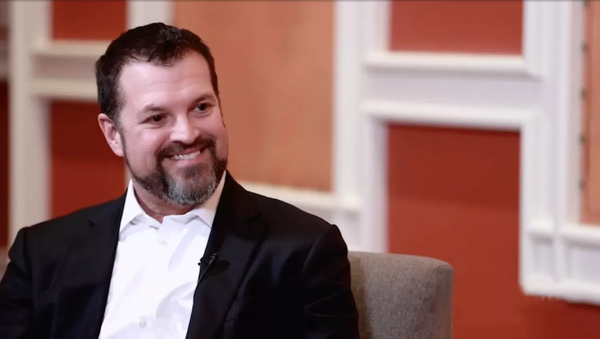
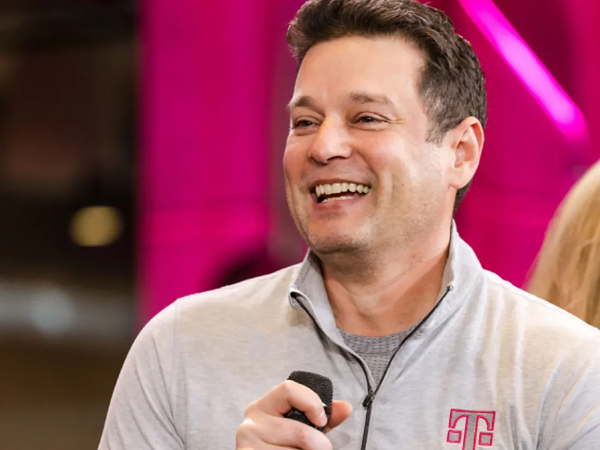
Member discussion